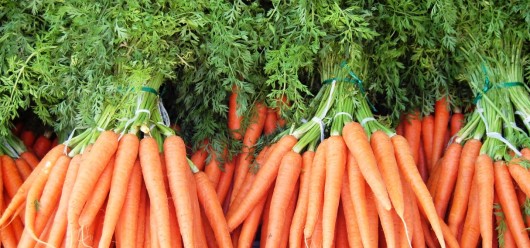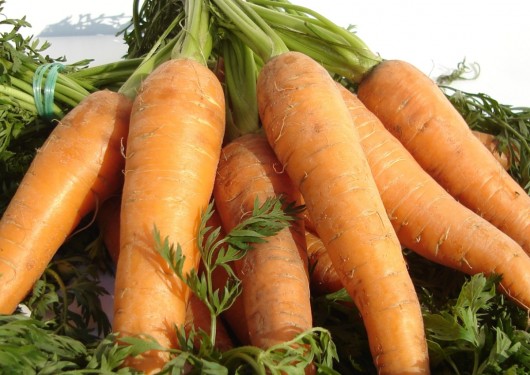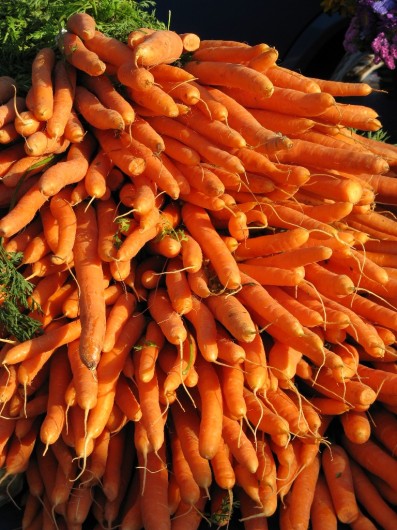Best Carrots For Carrot Juice And How To Choose Them
The best carrots for juicing are the Nantes types, which are cylindrical and have blunt tips, but are the sweetest of the carrots, with good texture. Nantes carrots absorb more water and are both more succulent and crisp than other varieties of carrots. They also have fewer terpenoids, which is a substance that can make the juice of other carrots taste soapy and turpentine-like after they’re put through the juicer.
Harvesting and Storing Carrots
If you choose to grow your carrots in the garden, you should gently pull them out by their green tops. Newer variety carrots shouldn’t be allowed to grow fatter than one and a half inches across, or they’ll become woody and not very good for juicing. Some older varieties are still fairly succulent when they’re large.
If the carrots are grown in the garden or bought with their green tops, the green tops should be removed. The carrots shouldn’t be washed before storing. Ideally, they should be stored in sawdust or sand before they’re used. Some people do add the greens to the juicer, however, for they’re perfectly edible and give the juice the tang of parsley.
Choosing The Best Carrots For Juice
If the carrots are store bought, it’s best to buy organic, for they won’t have to be peeled to rid them of the pesticides in their skin. The greens should be fluffy, short and bright.
Some of the Best Carrot Varieties For Juicing
Some of the best carrots for juicing are the Bolero, a bright orange Nantes type. The Ingot is another good Nantes carrot with a good flavor and texture. One of the most popular carrots that people grow in their gardens is the Nantes Half-Long, also called the Coreless and Scarlet Nantes, which is very sweet, tender and has no fibrous core, which is another plus for juicing. The Touchon is a sweet, French Nantes type and is especially good for the juicer. The Nelson is an early carrot and many gardeners claim that it’s one of the sweetest.


